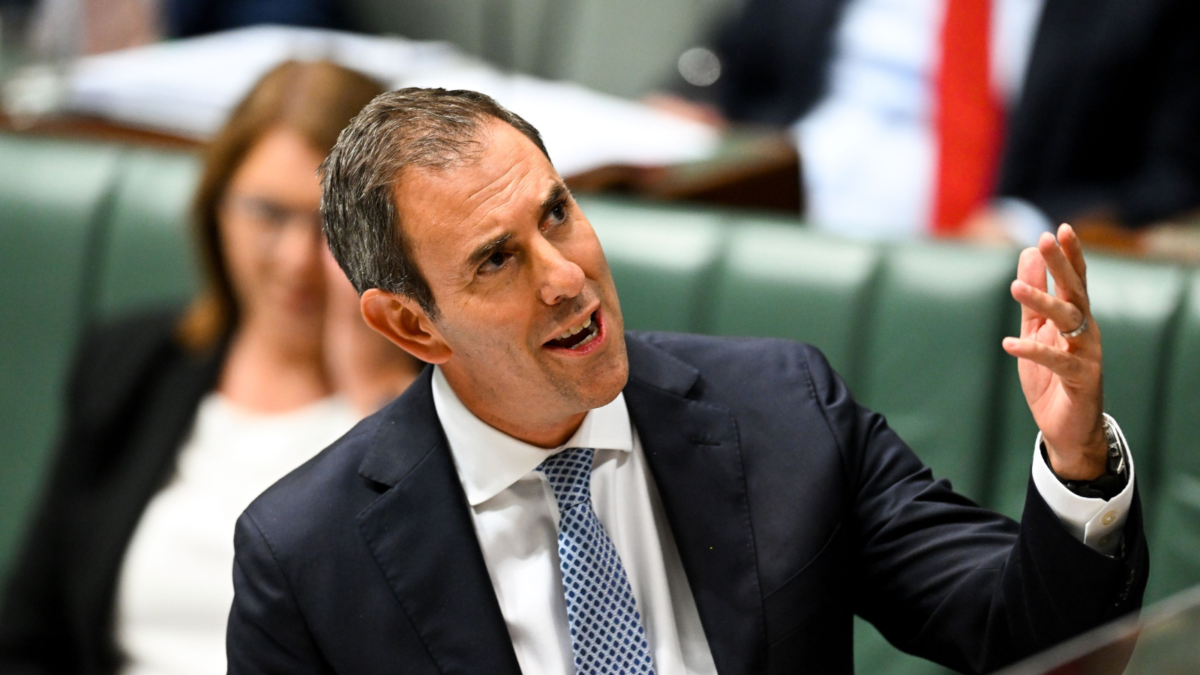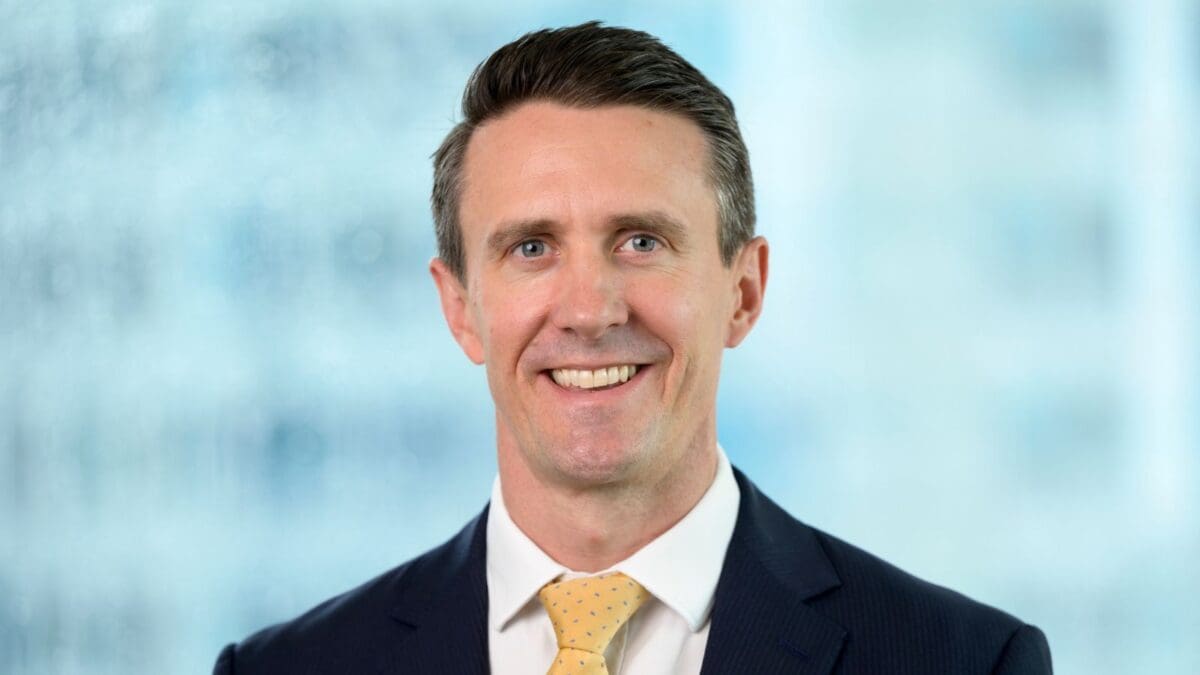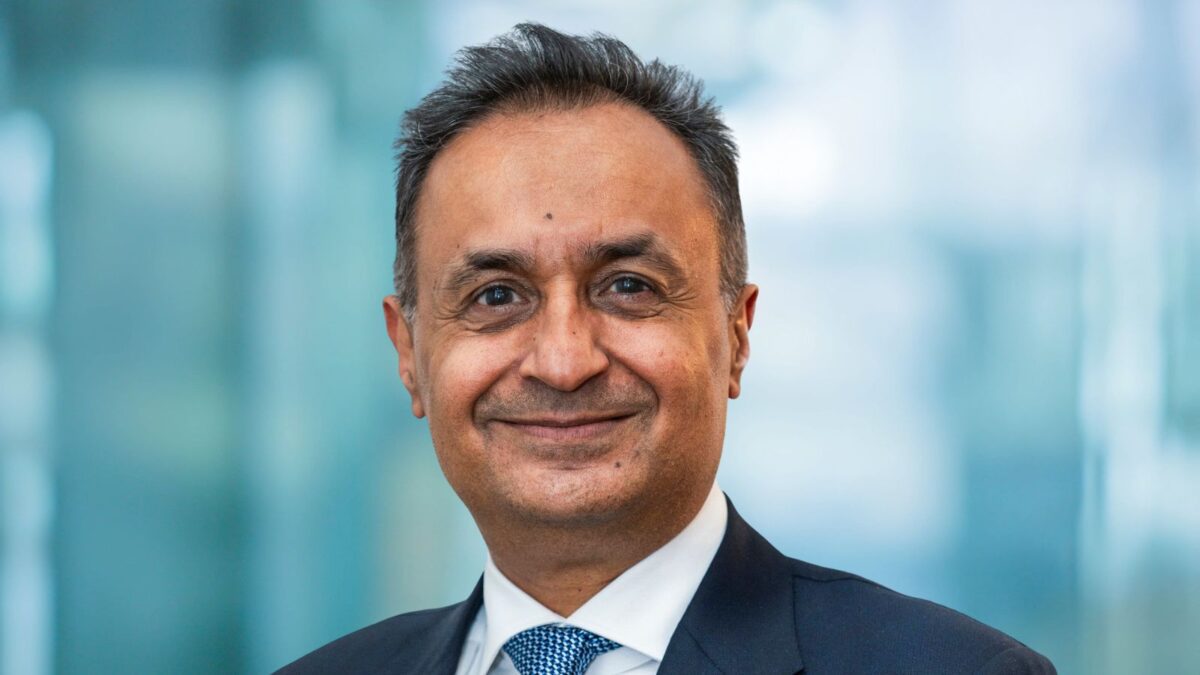Asset owners fret complexity amidst TPA’s quiet revolution
Managing the complexity of their growing organisations is a top concern for asset owners around the world, according to the Thinking Ahead Institute’s (TAI) latest peer study report, with 73 per cent of respondents fretting that business-as-usual is preventing them from preparing for the future.
It’s a stark change from the 2017 study, TAI co-founder Roger Urwin told a Sydney event on Thursday, when complexity “wasn’t even on the list”.
“Over that period of time complexity has become one of the most difficult things for organisations to cope with,” Urwin said. “When we talk about complexity, a lot of it is about fatigue, a lot of it is about individuals having far too much to do, but most of it is about the individuals being forced to spend most of their time on business as usual.”
That investment in the future isn’t always happening, and organisations have to think deeply about whether or not change is taking place. When the world outside your organisation is changing faster than the world inside your organisation, you’re in trouble.”
One way that world is changing is through adoption of the total portfolio approach (TPA).
Institutional investor understanding of the differences between strategic asset allocation (SAA) and TPA is growing, the report says, and SAA is “by and large losing the argument”, with more and more investors set to embrace TPA over the next few years.
TPA, which emerged in the mid-2000s as a variation on the endowment model of asset class bucketing and which has found local proponents in the Future Fund and TCorp, focusses on the factors and exposures that are most important for a fund’s risk/return profile; each investment is assigned an exposure to those factors, allowing a clearer mapping of them to a risk budget or reference portfolio.
“(With SAA), you do a policy benchmark aligned to goals but go out there with asset class buckets and implement it through mandates,” Urwin said. “That’s not so joined up. The success of TPA is outperforming your goals; the success of an SAA is producing alpha over your benchmark – which is strange, because the policy benchmark is the crucial part of the return. There is a theoretical edge to TPA.”
Respondents to the TAI study said that TPA helped them frame and make their investment decisions better and enabled “greater dynamism”.
“(A large number of respondents) said that the TPA approach eats the SAA approach for breakfast,” Urwin said. “It was a very, very clear cut proposition that people were looking at there. SAA basically solved a governance problem and did it well, but it didn’t solve the investment problem. We think it’s a time to call out the merits of the TPA approach, while recognising that there are quite big governance issues attached to it.”
TPA take-up is currently 35 per cent and set to grow among the investors surveyed, though its adoption is more a spectrum than an all or nothing consideration, with different institutions advanced to different points based on radically they want to change their investment approach. But based on public disclosures and data sourced from GSWF, the performance difference for the top TPA-adopters is “considerable”: circa +1.8 per cent p.a. over the last 10 years.
“That’s a very, very substantial margin in our industry, and quite honestly I’ve never seen a margin out of one factor as big as that before. There are reasons to think that’s not quite the figure going forward (ed: TAI believes some of the difference can be explained by governance choices), and we support the idea that TPA compared with SAA like-to-like is worth somewhere between 50 and 150 basis points. It really surprised us when we saw that.”
Meanwhile, it’s obvious that 60/40 “was buried a number of years ago”, Urwin said, and replaced by 40/30/30 – 40 per cent equities, 30 per cent bonds and 30 per cent in alternatives: private markets, hedge funds, etc. But a good half of investors are keeping their SAA relatively static even as the other half moves to alternatives.
“That’s more of the same, but the key factor is the characteristics of the SAAs we see, they tend to be a bit anchored and slower to move, and through a big change in the investment macro it’s really quite surprising that those SAAs haven’t moved at all,” Urwin said.











